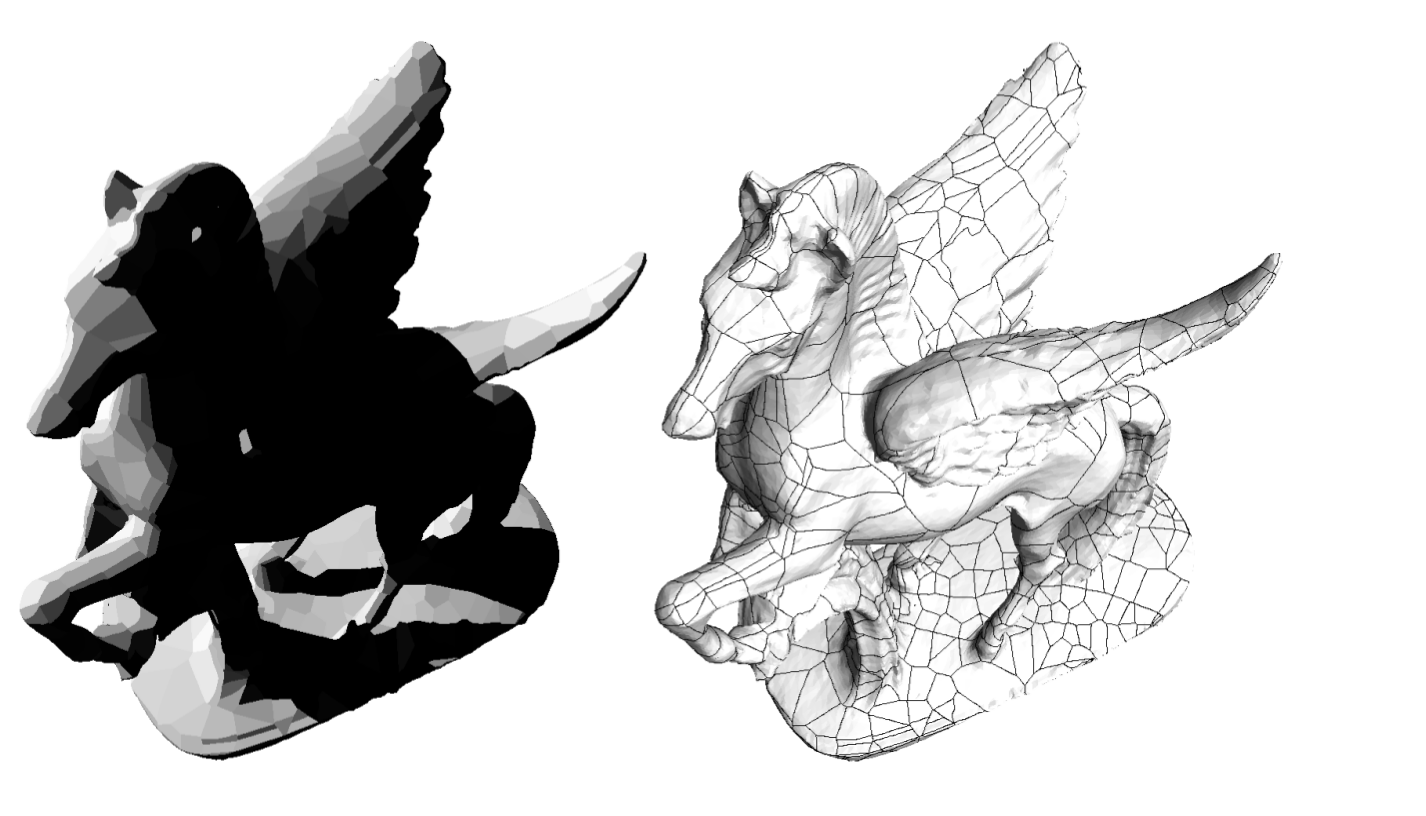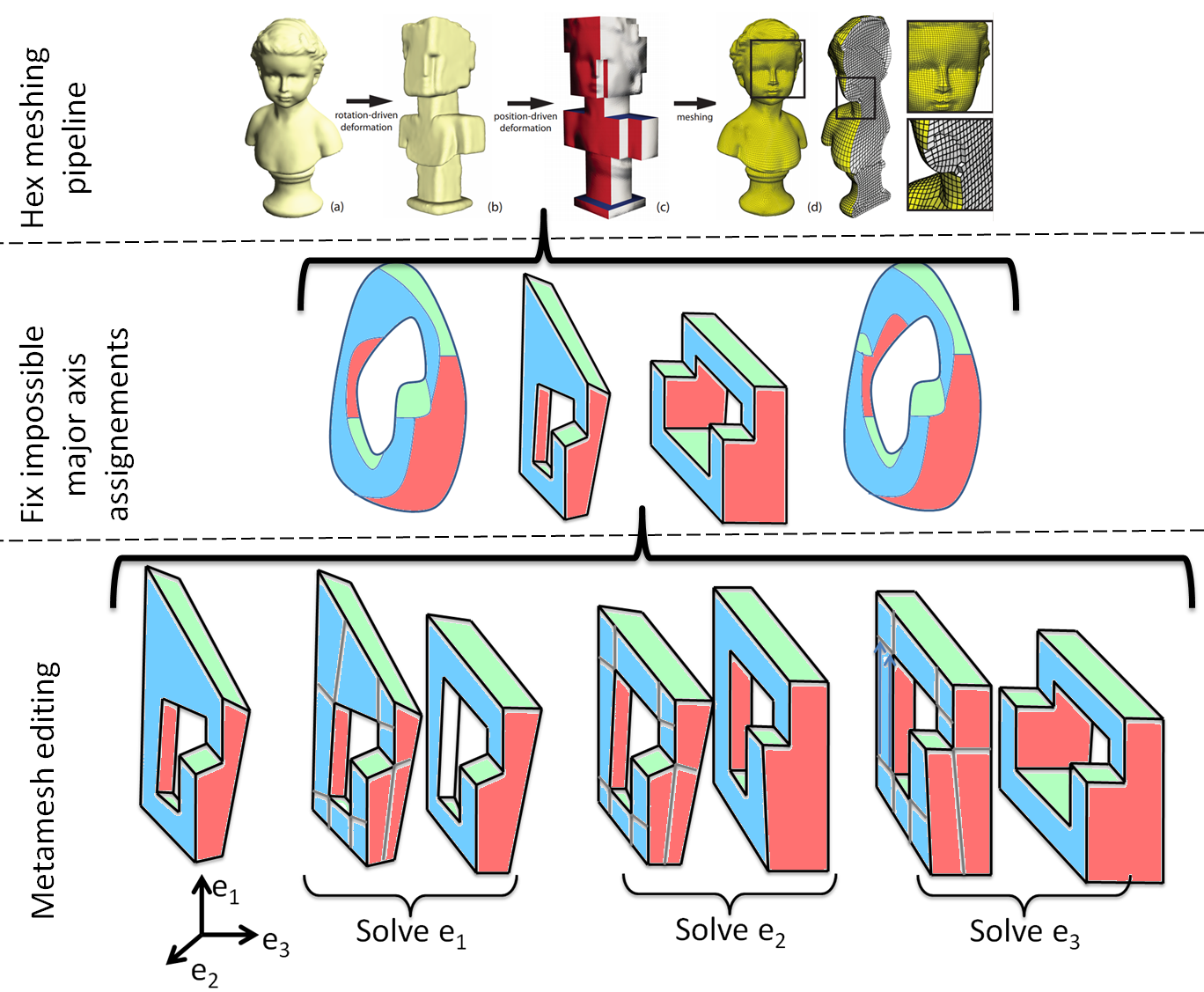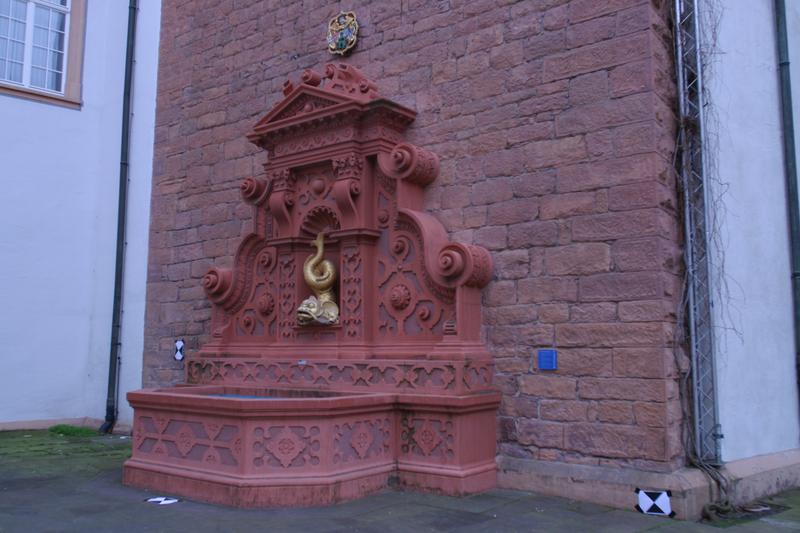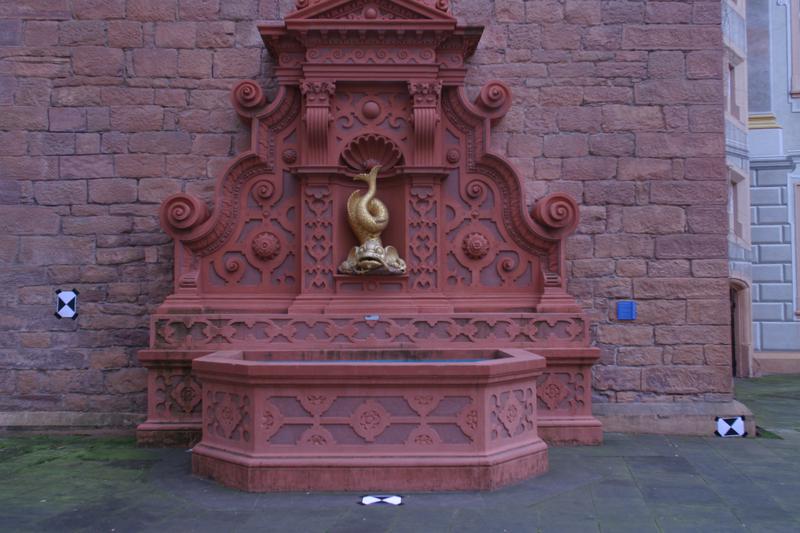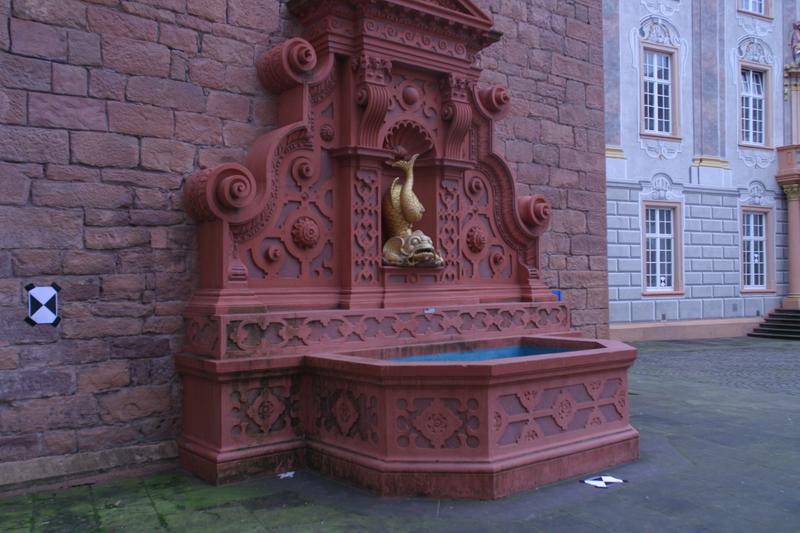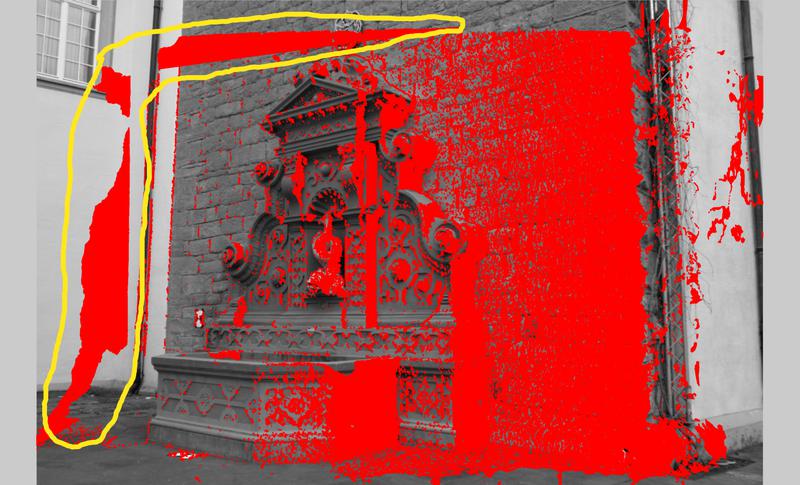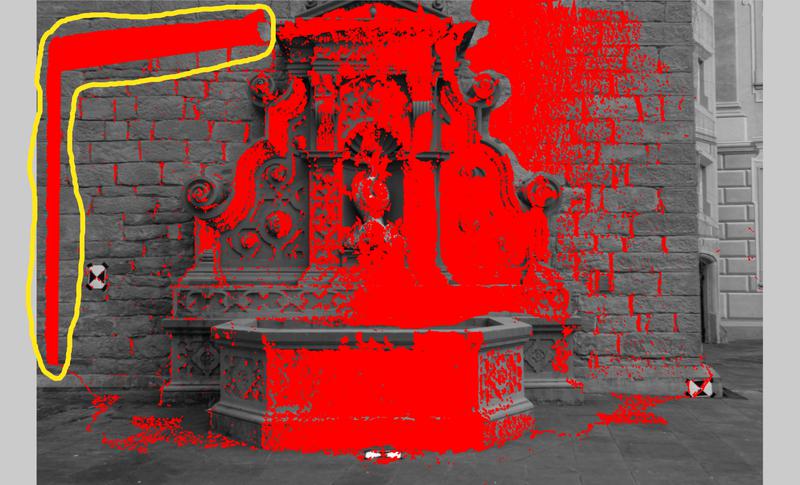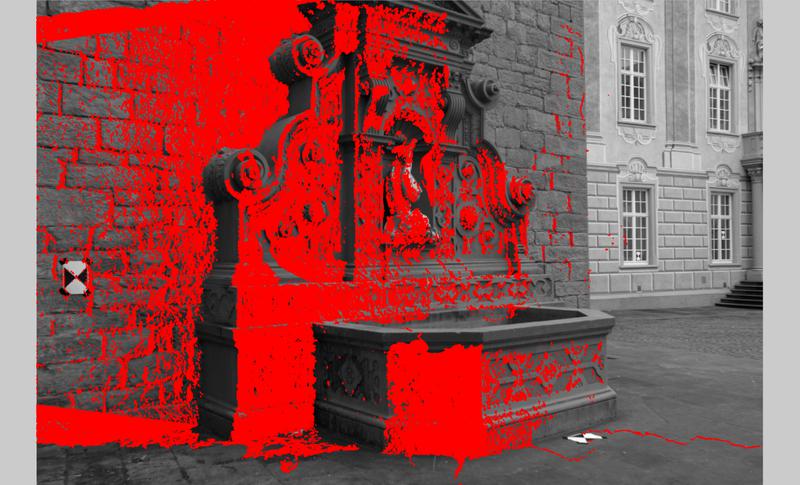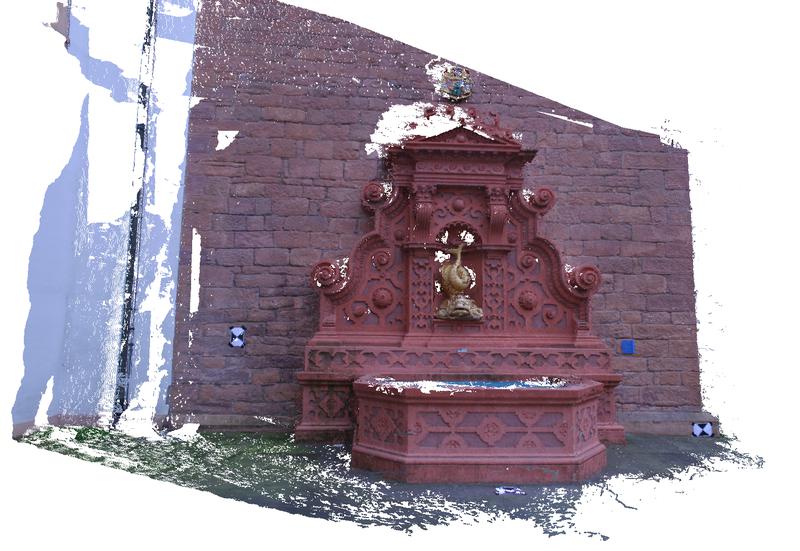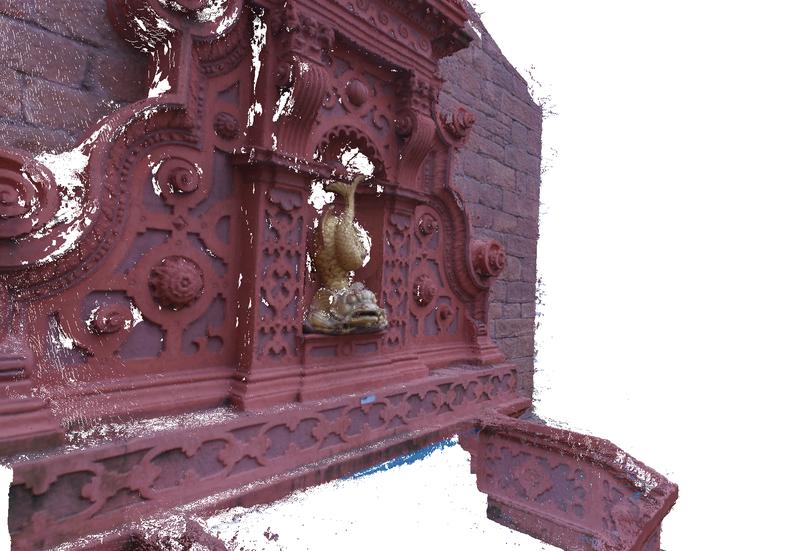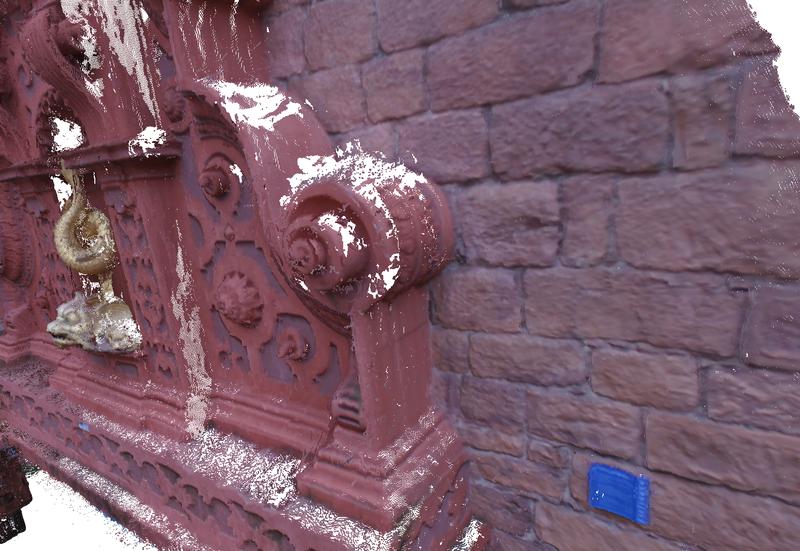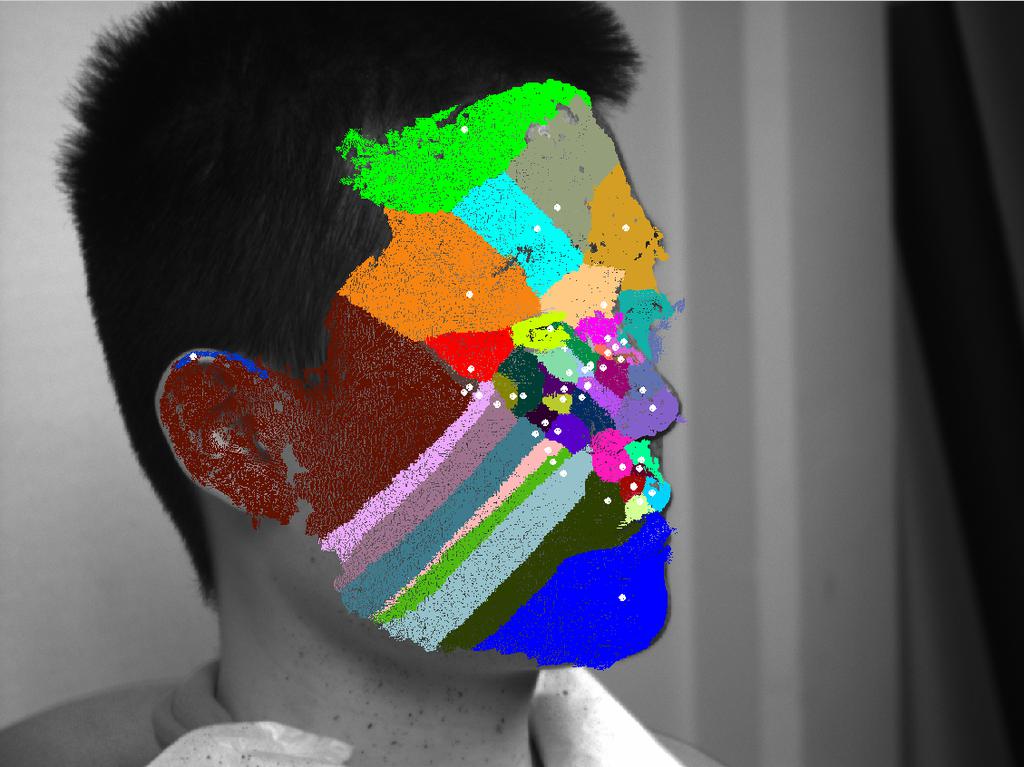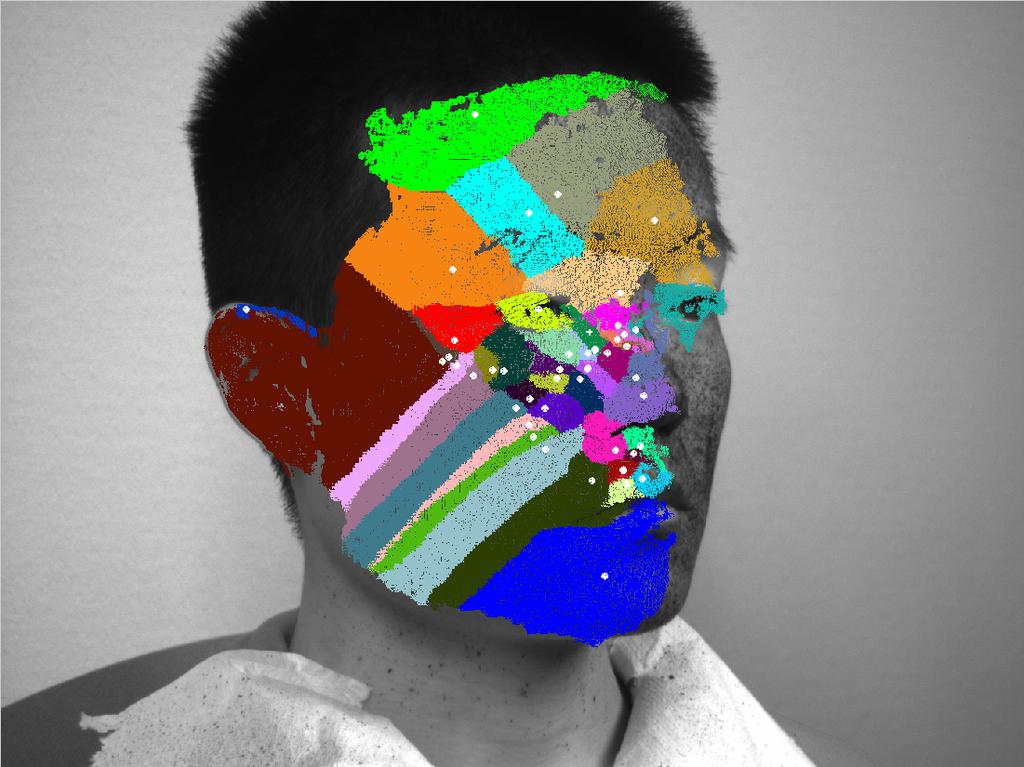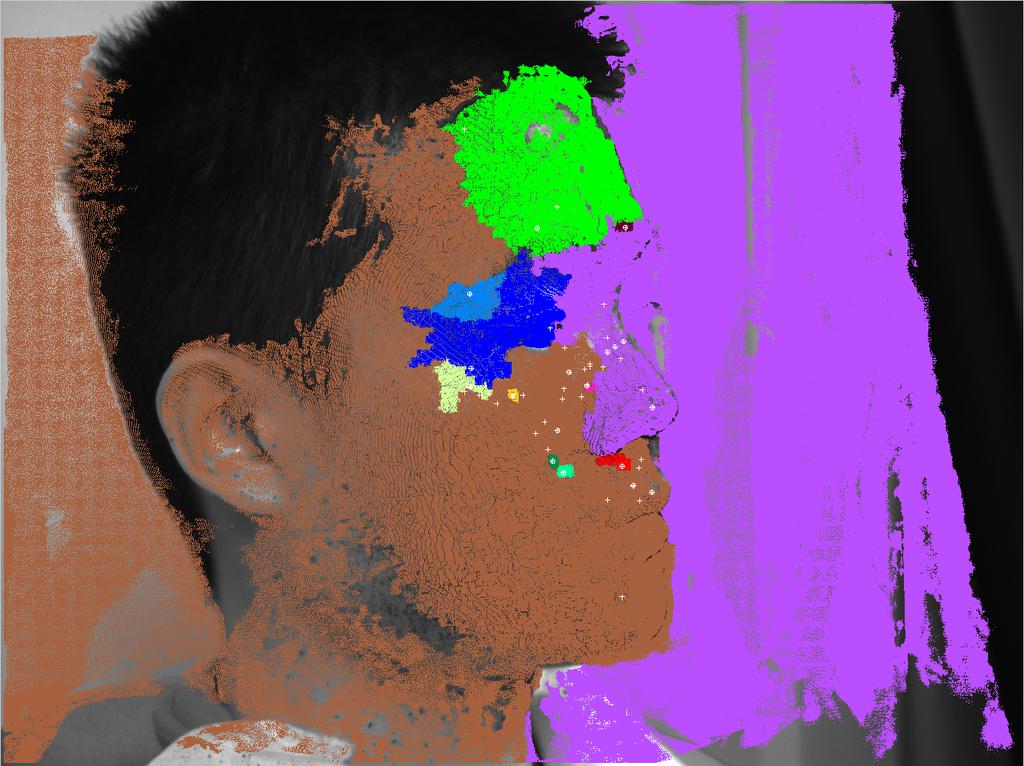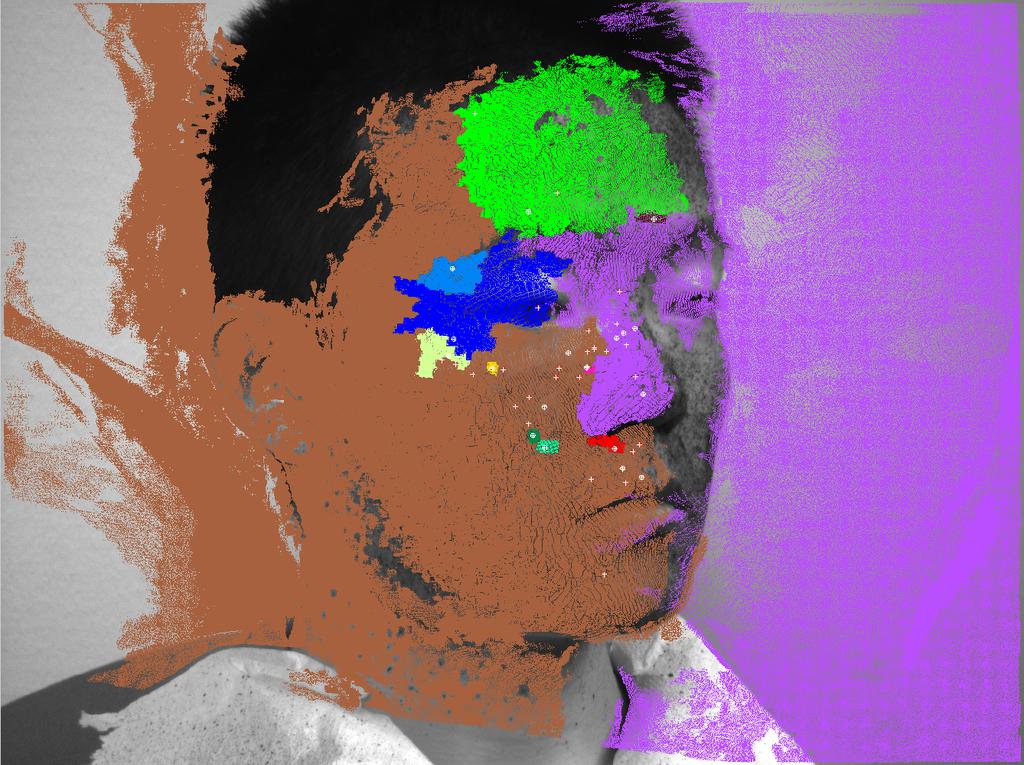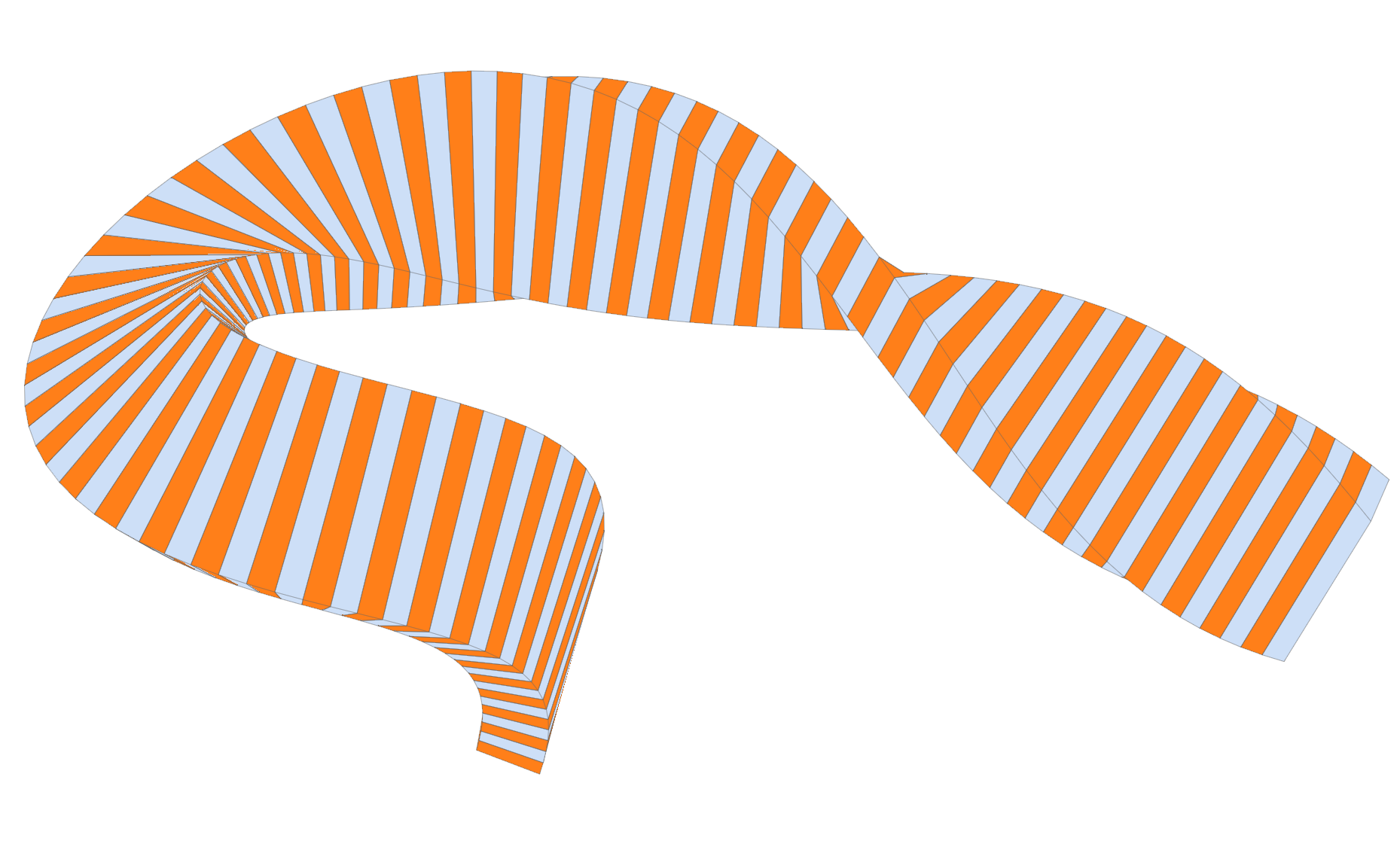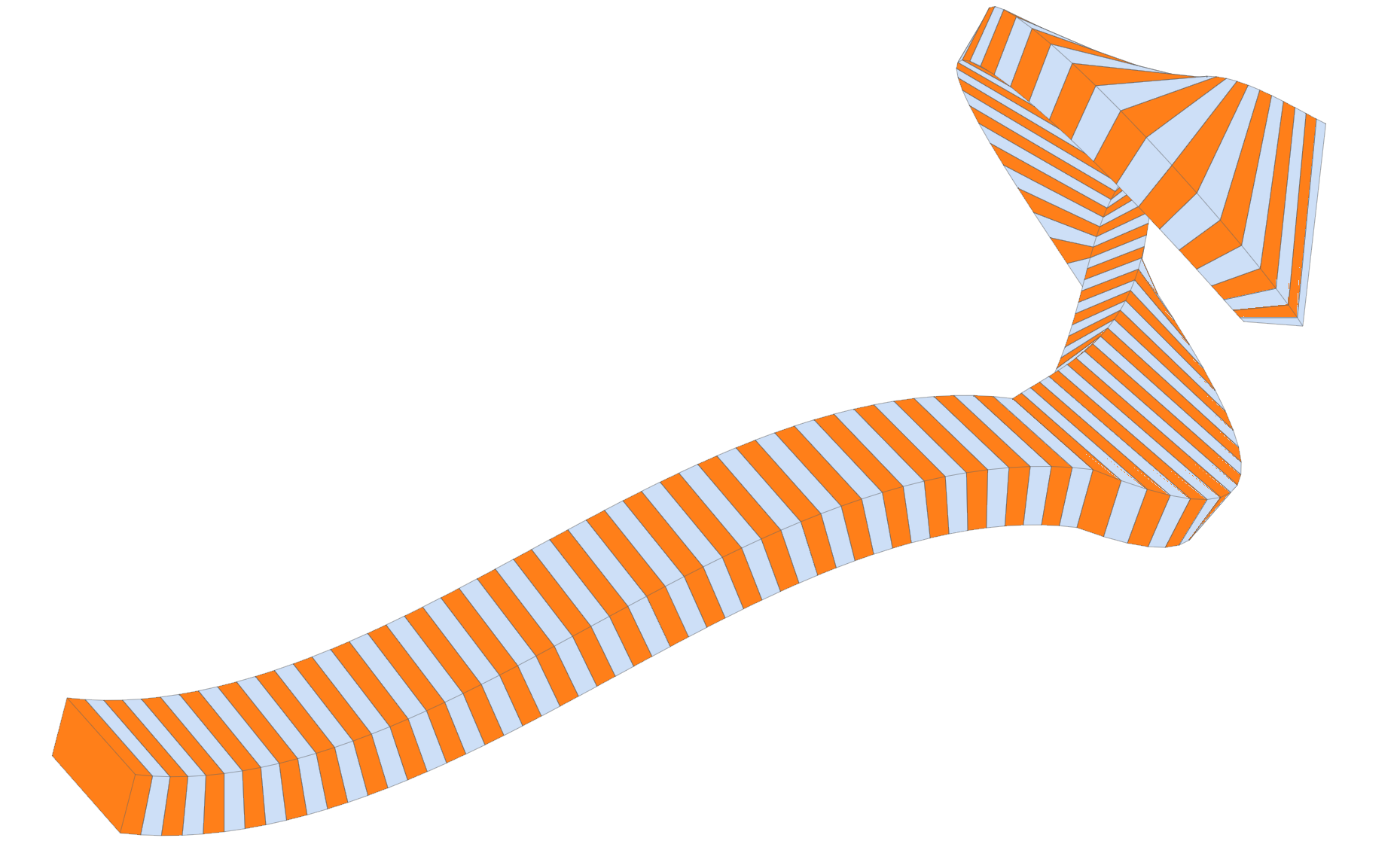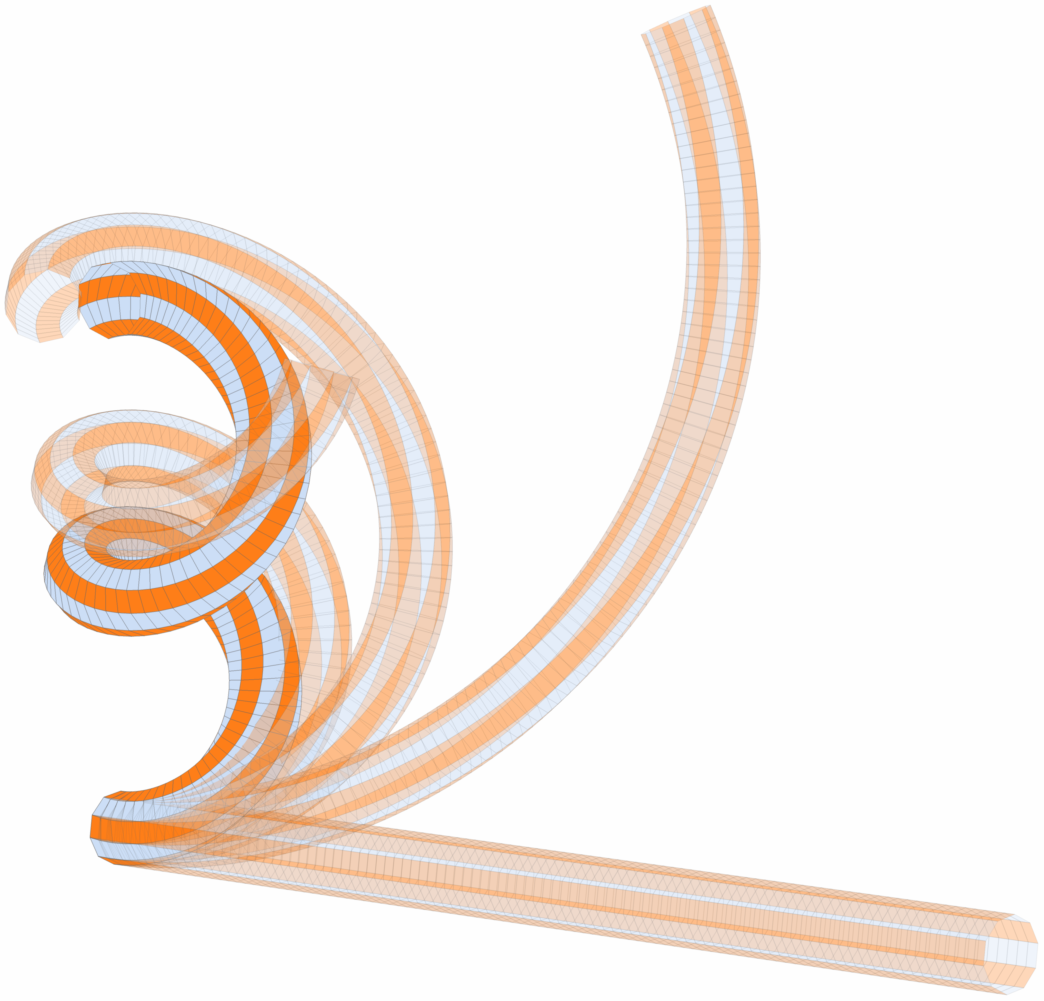Section: New Results
Geometry Processing
Fitting Polynomial Volumes to Surface Meshes with Voronoi Squared Distance Minimization
Participants : Gilles-Philippe Paillé, Bruno Lévy.
We propose a method for mapping polynomial volumes. Given a closed surface and an initial template volume grid, our method deforms the template grid by fitting its boundary to the input surface while minimizing a volume distortion criterion. The result is a point-to-point map distorting linear cells into curved ones. Our method is based on several extensions of Voronoi Squared Distance Minimization (VSDM) combined with a higher-order finite element formulation of the deformation energy. This allows us to globally optimize the mapping without prior parameterization. The anisotropic VSDM formulation allows for sharp and semi-sharp features to be implicitly preserved without tagging. We use a hierarchical finite element function basis that selectively adapts to the geometric details. This makes both the method more efficient and the representation more compact. We apply our method to geometric modeling applications in computer-aided design and computer graphics, including mixed-element meshing, mesh optimization, subdivision volume fitting, and shell meshing.
This work was presented at the “ACM Symposium on Geometry Processing” and published in the “Computer Graphics Forum” journal [16] .
Particle-Based Anisotropic Surface Meshing
Participant : Bruno Lévy.
This paper introduces a particle-based approach for anisotropic surface meshing. Given an input polygonal mesh endowed with a Riemannian metric and a specified number of vertices, the method generates a metric-adapted mesh. The main idea consists of mapping the anisotropic space into a higher dimensional isotropic one, called “embedding space”. The vertices of the mesh are generated by uniformly sampling the surface in this higher dimensional embedding space, and the sampling is further regularized by optimizing an energy function with a quasi-Newton algorithm. All the computations can be re-expressed in terms of the dot product in the embedding space, and the Jacobian matrices of the mappings that connect different spaces. This transform makes it unnecessary to explicitly represent the coordinates in the embedding space, and also provides all necessary expressions of energy and forces for efficient computations. Through energy optimization, it naturally leads to the desired anisotropic particle distributions in the original space. The triangles are then generated by computing the Restricted Anisotropic Voronoi Diagram and its dual Delaunay triangulation. We compare our results qualitatively and quantitatively with the state-of-the-art in anisotropic surface meshing on several examples, using the standard measurement criteria. This work was published in the “ACM Transactions on Graphics” journal (SIGGRAPH conference proceedings) [19] .
Approximating Functions on a Mesh with Restricted Voronoi Diagrams
Participant : Bruno Lévy.
We propose a method that computes a piecewise constant approximation of a function defined on a mesh. The approximation is associated with the cells of a restricted Voronoi diagram. Our method optimizes an objective function measuring the quality of the approximation. This objective function depends on the placement of the samples that define the restricted Voronoi diagram and their associated function values. We study the continuity of the objective function, derive the closed-form expression of its derivatives and use them to design a numerical solution mechanism. The method can be applied to a function that has discontinuities, and the result aligns the boundaries of the Voronoi cells with the discontinuities. Some examples are shown, suggesting potential applications in image vectorization and compact representation of lighting. This work was presented at the “ACM Symposium on Geometry Processing” and published in the “Computer Graphics Forum” journal [15] .
Spectral Clustering of Plant Units From 3D Point Clouds
Participant : Dobrina Boltcheva.
High-resolution terrestrial Light Detection And Ranging (tLiDAR), a 3-D remote sensing technique, has recently been applied for measuring the 3-D characteristics of vegetation from grass to forest plant species. The resulting data are known as a point cloud which shows the 3-D position of all the hits by the laser beam giving a raw sketch of the spatial distribution of plant elements in 3-D, but without explicit information on their geometry and connectivity.
We have developed a new approach based on a delineation algorithm (Fig. 4 ) that clusters a point cloud into elementary plant units such as internodes, petioles and leaves. The algorithm creates a graph (points + edges) to recover plausible neighbouring relationships between the points and embeds this graph in a spectral space in order to segment the point-cloud into meaningful elementary plant units.
We have presented this work at the 7th International Conference on Functional—Structural Plant Models (FSPM) which took place in Finland this summer [21] .
Fixing Normal Constraints for Generation of Polycubes
Participants : Nicolas Ray, Dmitry Sokolov.
A polycube is a piecewise linearly defined surface where all faces are squares that are perpendicular to an axis of a global basis. Deforming triangulated surfaces to polycubes provides maps (form the original surface to the polycube) that can be used for a number of applications including hex-meshing. To define such a deformation, it is necessary to determine, for each point of the original surface, what will be its orientation (global axis) in the polycube.
This problem is actually tackled by heuristics that basically affect the closest global axis to the surface normal. Coupled with a mesh deformation as pre-processing and some fixing rules as a post-processing, it is able to provide nice results for a number of surfaces. However, nothing ensures that the surface can be deformed to a polycube having these desired face orientations.
We have worked on a method able to determine if there exists a deformation of the surface that respects a given orientation constraint on each point. We have also designed an automatic solution that can fix constraints that would prevent the existence of a deformation into a polycube (Figure 5 ).
This study has highlighted that the constraints on desired orientation are global and requires constrained optimization methods to be solved. Our current solution is able to manage many cases where previous works would fail, but we can still produce some complex cases where interactions between dimension may lead to deadlocks.
|
Some Basic Geometric Considerations in Variational Multiview Stereo
Participant : Rhaleb Zayer.
We developed a technique for processing correspondences originating from dense variational matching in the context of multiview stereo. Such data tends to be very large and can easily encompass tens or hundreds of millions of points, these figures keep growing as high resolution images are becoming mainstream. Inspired by Lambert's cosine law, we regard the matching as sequences of planar maps across neighboring views, and show how to take advantage of geometric properties of such maps to favor image areas where the cosine angle between the surface normal and the line of sight is maximal. As the approach operates in the planar domain on smaller subsets of neighboring views, it is computationally efficient and has a low memory footprint. A preprint is in preparation.
|
Multi-frontal Propagation Based Matching
Participants : Rhaleb Zayer, Patricio Galindo.
We consider the propagation-based matching problem, which deals with expanding a limited set of correspondences towards a quasi-dense map across two views. Two issues which have not received much interest in earlier work are raised here. The traversal of weakly textured regions is shown to negatively impact the quality of subsequent correspondences. Analysis of the propagation results using the commonly adopted global best-fit strategy reveals that only a small subset of the input seeds contributes effectively to the propagation, which is probably not optimal since the quality of the matches may deteriorate as the propagation region becomes significantly large as shown in figure 7 -bottom. This research extends existing propagation techniques in two ways: (i) The selection of reliable expansion regions is automatized and adapted to the propagation by categorizing the image into three regions, no-propagation regions, safe-propagation regions and buffer-regions where seeds can propagate but cannot generate new seeds. (ii) A multi-frontal propagation approach is proposed with emphasis on the balance between the greedy nature of the original algorithm and the contribution of the seeds. A preprint is in preparation.
|
Large Deformations of Slender Objects
Participant : Rhaleb Zayer.
We studied the problem of large spatial deformation in the context of interactive editing of slender curve-like objects. The deformation is analyzed in the local frame of the individual curve segments (beams) and the rigid motion of the local frame is updated using a total Lagrangian approach. Analysis of the virtual work in the light of this decoupling allows formulating the Hessian of the deformation in a simple but principled manner. The resulting representation is sparser than existing derivations and can handle the simultaneous action of torques, and forces, efficiently, so as to reproduce a natural behavior in such path dependent situations. The proposed approach is conceptually simple, easy to implement, and suitable for object editing. The numerical solution is carried out using an efficient iterative scheme which allows stable convergence. A preprint is in preparation.




